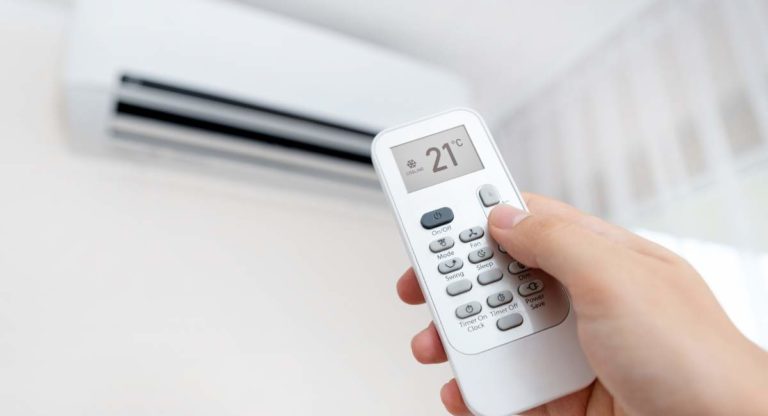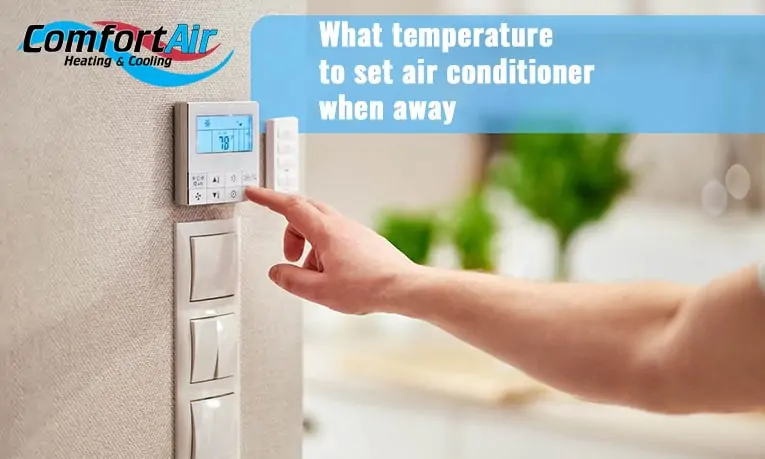Does Setting Ac Lower Cool Faster
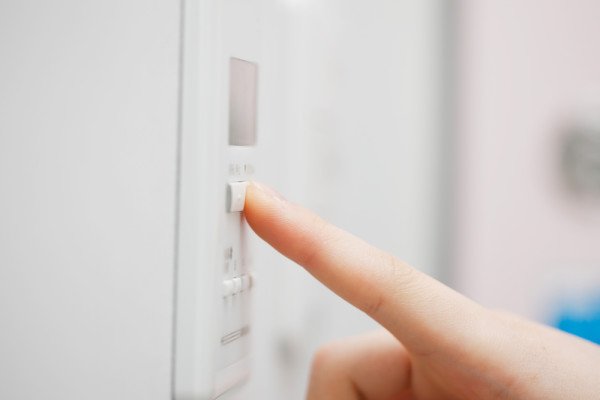
Imagine this: You've just spent a sweltering afternoon battling the heat. Stepping inside, you're greeted by a wave of stagnant air, sticky and uncomfortable. Instinctively, you reach for the thermostat, plunging the temperature setting far below your ideal comfort zone. Surely, you think, this will cool the house down faster.
But does setting your air conditioner lower actually cool your home more quickly? That's the question that's sparked countless debates and household thermostat wars. This article delves into the science behind air conditioning to uncover whether this common practice is truly effective, or simply an energy-wasting myth.
The Truth About Thermostats and Cooling Speed
The core principle to understand is that air conditioners don't work like car accelerators. Cranking down the thermostat doesn't give the AC a "turbo boost." It simply tells the unit to run continuously at its maximum capacity until the set temperature is reached.
The AC unit operates at a consistent cooling rate, determined by its size and efficiency, regardless of the target temperature. According to the U.S. Department of Energy, an air conditioner cools air at a specific rate, and this rate is not influenced by how low you set the thermostat.
The crucial point is that the system is either running at full capacity or it’s not. Setting it to 65°F (18°C) when you want 72°F (22°C) doesn't make it cool any faster; it just makes it run longer and waste energy.
Understanding Air Conditioner Functionality
Air conditioners work by transferring heat from inside your home to the outside. A refrigerant circulates through the system, absorbing heat indoors and releasing it outdoors through a condenser coil. This cycle continues until the thermostat setting is met.
The cooling power of an air conditioner is measured in British Thermal Units (BTUs). A higher BTU rating indicates a more powerful unit capable of cooling a larger space.
However, the BTU rating dictates the maximum cooling capacity, not the speed at which it cools. The unit will extract heat at its designed rate regardless of the temperature you set.
The Psychological Factor and Perceived Cooling
One reason why people believe setting the AC lower works faster is the psychological effect. When you set the thermostat to a very low temperature, you anticipate a rapid cool-down.
The reality is that the cooling process takes time, and the perceived difference in temperature might be amplified by the expectation of immediate relief. This perception can mislead people into believing that the lower setting is responsible for a faster cooling rate.
Furthermore, some older thermostats may have a noticeable delay between the setting change and the AC unit's response, further fueling the perception that a lower setting kickstarts the cooling process more effectively.
Debunking Common Myths
A prevalent myth is that setting the thermostat extremely low helps to "catch up" after a prolonged period of heat buildup. However, the laws of thermodynamics dictate that heat transfer occurs at a specific rate, regardless of the temperature difference.
Another misconception is that lowering the thermostat dramatically will somehow "shock" the system into working harder. This isn't true; the AC unit operates at its designed capacity based on its components and refrigerant levels.
According to the Environmental Protection Agency (EPA), optimal energy efficiency is achieved by setting the thermostat at a comfortable temperature and avoiding drastic fluctuations.
The Energy Efficiency Implications
Setting the thermostat excessively low not only fails to cool the room faster but also results in significant energy waste. The air conditioner will run continuously, consuming more electricity and increasing your energy bill.
The longer the AC runs, the greater the wear and tear on its components, potentially shortening its lifespan and requiring more frequent maintenance or repairs. This increased strain can lead to costly expenses in the long run.
Consider the environmental impact as well. Increased energy consumption contributes to greenhouse gas emissions, exacerbating climate change. Efficient use of air conditioning is a small but meaningful step toward a more sustainable lifestyle.
Smart Thermostats and Efficient Cooling
Modern smart thermostats offer features that optimize cooling efficiency. These devices can learn your preferences and adjust the temperature automatically based on your schedule and occupancy patterns.
Many smart thermostats also offer remote control via smartphone apps, allowing you to adjust the temperature before you arrive home, preventing unnecessary cooling when the house is empty. This approach provides convenience without sacrificing energy efficiency.
Features like geofencing can detect when you're approaching home and pre-cool the house, ensuring a comfortable environment upon arrival without running the AC continuously all day. Research from Energy Star indicates that smart thermostats can save homeowners up to 15% on their energy bills.
Best Practices for Cooling Your Home Efficiently
To cool your home effectively and efficiently, start by setting the thermostat to a comfortable temperature, typically between 72°F (22°C) and 78°F (26°C). Avoid setting it significantly lower than your desired temperature, as this will not accelerate the cooling process.
Use fans to circulate air and distribute cool air more evenly throughout the room. Ceiling fans and portable fans can enhance the cooling effect and allow you to set the thermostat slightly higher without sacrificing comfort.
Ensure your home is properly insulated to minimize heat gain. Seal windows and doors to prevent air leaks, and consider adding insulation to attics and walls to reduce heat transfer from the outside. Regular maintenance, such as cleaning or replacing air filters, improves the efficiency of your AC unit.
Conclusion: A Measured Approach to Comfort
While the urge to blast the AC may be tempting on a scorching day, understanding the science behind air conditioning reveals that a measured approach is more effective and energy-efficient. It's about working with the system, not against it.
By setting the thermostat at a comfortable temperature, utilizing fans for air circulation, and ensuring proper insulation, you can achieve optimal cooling without wasting energy or straining your AC unit. Embracing these practices will not only save you money but also contribute to a more sustainable future.
So, the next time you step into a hot house, resist the urge to drastically lower the thermostat. Remember that patience and a sensible setting are the keys to a cool, comfortable, and environmentally conscious home.








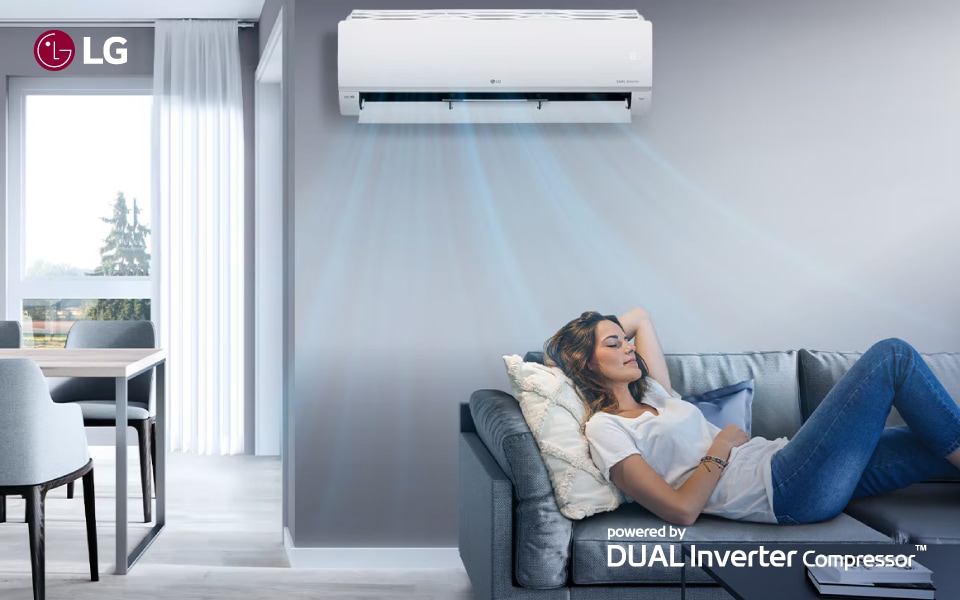
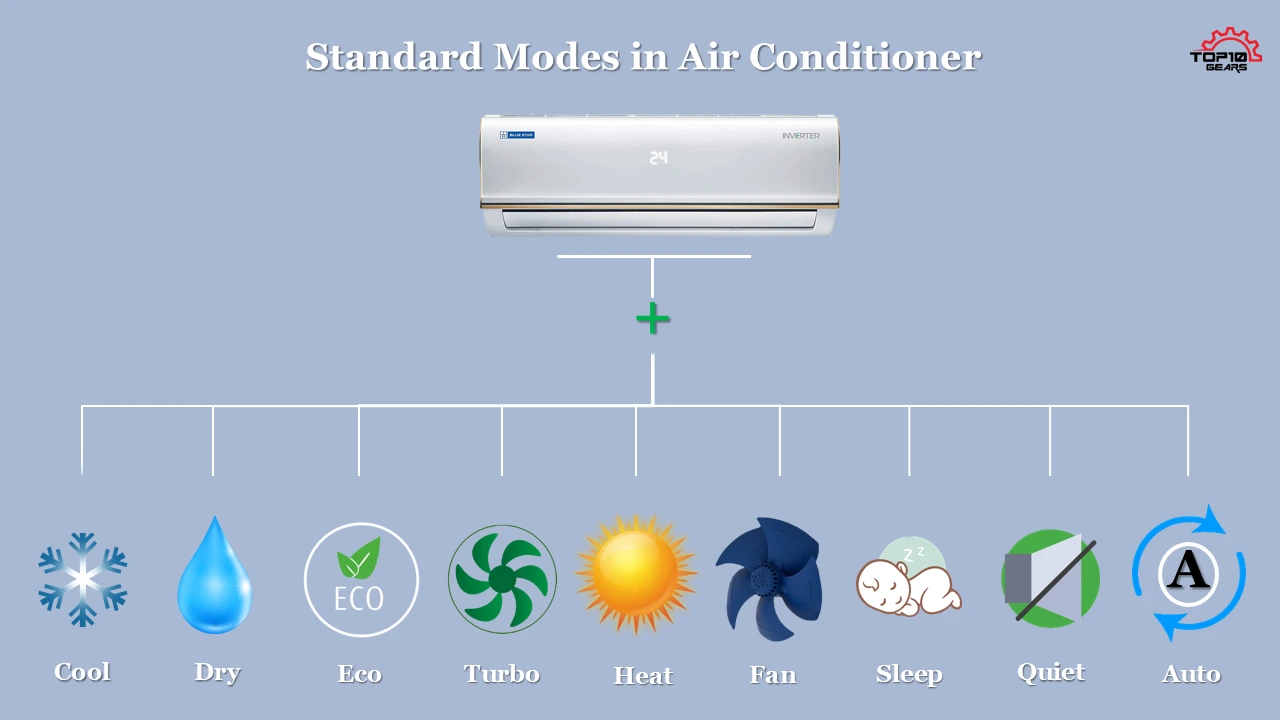
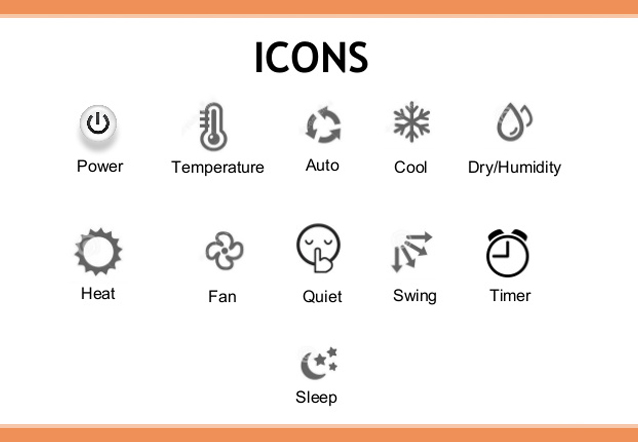
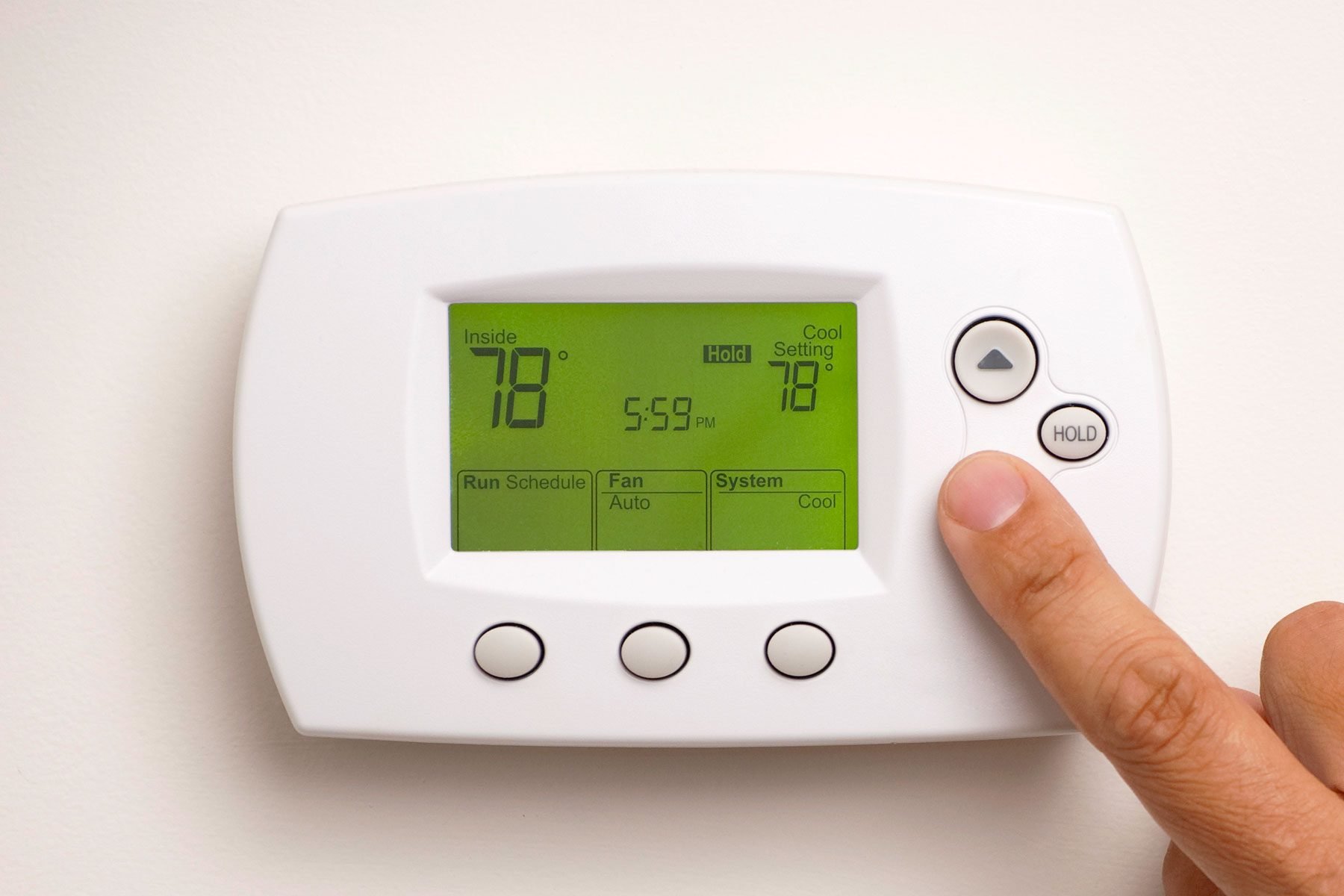



![Does Setting Ac Lower Cool Faster [Interview] Keep the Temperature Low and Electric Bills Lower: Useful](https://img.global.news.samsung.com/global/wp-content/uploads/2023/08/AirConditioner_Dev-Interview_main3ff.jpg)
